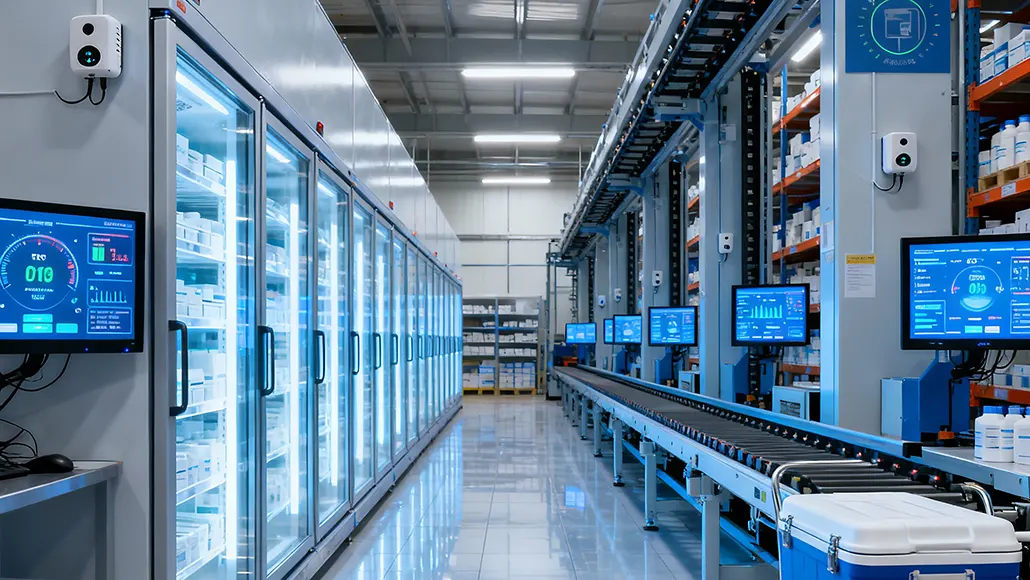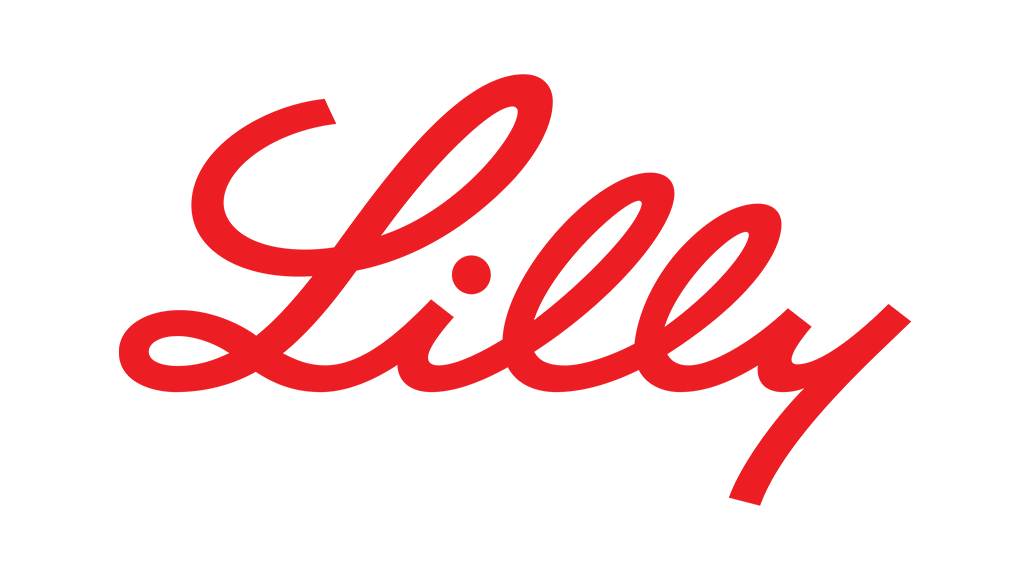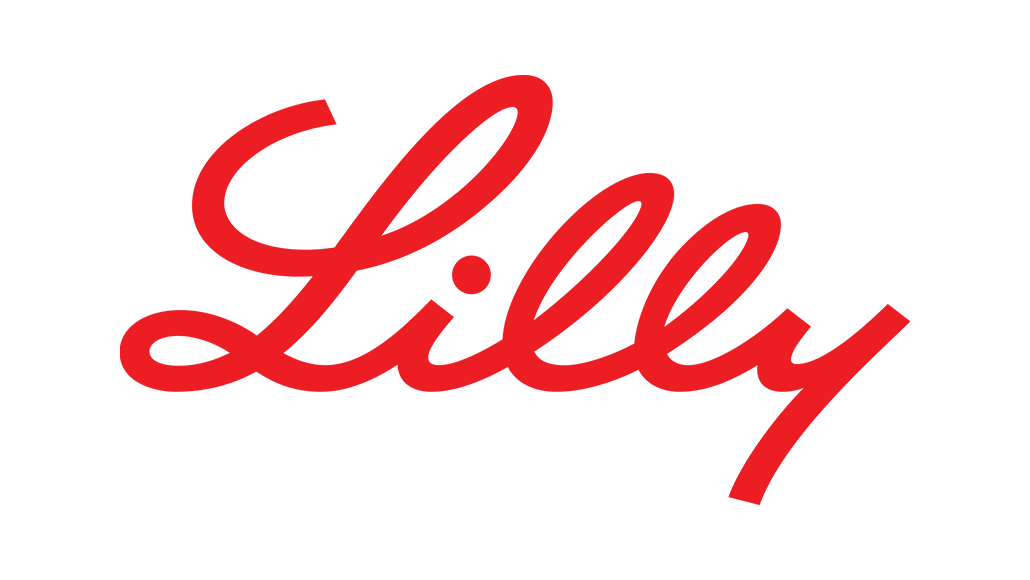Regulatory Trends in Pharma Manufacturing: Key Changes to Watch in 2025
Pharmaceutical manufacturing is a sector that is highly dynamic, as it is situated at the intersection of stringent supervision and innovation. Regulatory trends are increasingly influential in determining the industry’s trajectory as it adapts to changing scientific, technological, and societal demands. The regulatory trends in pharmaceutical manufacturing: key changes to monitor in 2025 provide essential insights into the ways in which manufacturers must adjust to ensure compliance while promoting innovation.
The year 2025 will herald revolutionary changes in the area of pharmaceutical regulations, in consonance with developments in technology, the popularity of personalized medicine, and a higher focus on sustainability. These changes are not mere adaptations—they represent a deep rewriting of industry standard procedures, with a view toward maintaining patient safety, product effectiveness, and operational effectiveness.
Increased Adoption of Digital Quality Systems
One of the most visible regulatory trends in pharma production is the growing use of digital quality management systems (QMS). Regulators across the globe are focusing not only on adoption but also on validation of digital systems to improve compliance and traceability. Amidst an age where manual documentation is giving way to real-time information and automated analysis, the pharmaceutical industry is moving steadily towards digitized quality assurance.
The United States Food and Drug Administration (FDA) and the European Medicines Agency (EMA) are a couple of the world’s regulatory authorities that have published guidelines in favor of incorporating digital applications in quality management activities. These regulatory releases are specifically aimed at assuring data integrity—a very important facet of pharmaceutical production. As businesses move towards electronic batch records and digital workflows, regulators are intensely examining how these applications are validated and maintained.
For manufacturers, these developments are a challenge and an opportunity. Though the expense and difficulty of installing digital systems can be overwhelming, their greater efficiency and compliance powers speak to their long-term benefit. By 2025, most pharmaceutical firms will have implemented cloud-based QMS solutions, a trend that will revolutionize how the industry is being managed in terms of quality control and regulatory compliance.
Focus on Sustainability and Green Manufacturing
A second important regulatory trend in pharma manufacturing is the increased focus on sustainability. In recent years, environmental considerations have become at the forefront of regulatory schemes in much of the globe, including especially a desire to minimize the carbon footprint of the pharmaceutical sector.
By 2025, regulatory bodies are poised to broaden their guidelines to green manufacturing practices. These include requirements to decrease energy usage, reduce waste generation, and shift towards green chemistry. Strategies have been issued by the EMA already to promote environmentally friendly manufacturing, and such initiatives are being implemented across the world.
One of the trends to watch is the increasing regulatory drive for environmental tracking during the product life cycle, ranging from raw materials acquisition to end-of-life disposal. Firms are being increasingly compelled to report the environmental effects of their operations as part of their compliance reports. This move highlights the necessity for producers to implement eco-friendly practices, not only as a corporate initiative but also as a regulatory requirement.
The term “sustainability” has evolved from a catchphrase to a legal mandate that will affect supply chains and plant designs alike. In addition to guaranteeing compliance, manufacturers who anticipate and implement green initiatives will lead the green market’s evolution.
Personalized Medicine and Regulatory Adaptations
Pharma manufacturing regulatory trends are undergoing a paradigm shift due to advances in personalized medicine. Advances in cell and gene therapies, among other emerging cutting-edge treatments designed for individual patients, have put regulatory authorities scrambling to reshape their frameworks around these new modalities.
Regulators are more and more looking at tailored guidelines for personalized therapies, recognizing that one-size-fits-all regulations are not suitable for these types of treatments. For example, the FDA has begun to take priority in creating standards for gene-editing technologies and customized biologics. These guidelines will help to deal with manufacturing complexities, quality control, and patient safety issues specific to personalized medicine.
Besides, the need for adaptable manufacturing plants is increasing. These plants have the capability to meet the small batch-making requirements of individualized therapies while still ensuring regulatory compliance. The movement toward decentralized, patient-focused models of manufacture is also finding regulatory acceptance, as regulators seek to align innovation with safety.
As personalized medicine develops, so will the regulatory environment. Through 2025, the manufacturers will have to prove not just their technical competence but also their attention to highly specialized regulatory demands based on the individual therapies.
Enhanced Supply Chain Resilience
The COVID-19 pandemic revealed deep weaknesses in the global pharmaceutical supply chain, and thus there has been increased regulatory attention to supply chain resiliency. To address this, regulatory pharma manufacturing trends for 2025 highlight the requirement for effective, traceable, and flexible supply chain systems.
Among the most significant regulatory changes are the heightened need for risk assessments and supply chain visibility. To guarantee end-to-end traceability of pharmaceutical items, agencies such as the FDA are urging producers to use blockchain technology and other digital solutions.These systems are designed to prevent counterfeiting, guarantee product quality, and preserve supply chain integrity.
Moreover, regulatory authorities are driving greater geographic diversification in sourcing ingredients. Excessive dependence on a single geography for key raw materials, as was brought to the forefront during the pandemic, is now deemed a top compliance risk. Manufacturers are being urged to develop localized sourcing strategies and develop redundancies into supply chains.
By following these revised guidelines, drug manufacturers are not only able to comply but also improve their operational resilience, making critical drugs available even in the midst of global disruption.
Integration of Artificial Intelligence in Manufacturing
Artificial intelligence (AI) is driving unparalleled transformations in pharmaceutical manufacturing, and regulatory authorities are aware of this development. The rapid integration of AI in drug production, quality assurance, and regulatory compliance is a defining characteristic of pharmaceutical manufacturing regulatory trends in 2025.
Regulators are setting out to create strict guidelines governing the validation and application of AI technologies. The guidelines aim to guarantee that AI systems are transparent, reliable, and able to generate reproducible outcomes. For example, AI is becoming more commonly applied to predictive maintenance in factories, allowing businesses to anticipate equipment breakdowns and reduce downtime.
Another major topic is the use of AI for quality assurance. Machine learning is used to analyse complex data sets and identify patterns that may indicate potential quality issues. With the increased usage of such technologies, authorities are requiring detailed documentation of AI system performance so that manufacturers can demonstrate their dependability and compliance.
The potential of AI integration to automate processes, enhance product quality, and speed up the time-to-market is huge. Yet, it also throws up special compliance issues that need to be addressed by the manufacturers to stay competitive in a very technologically dominated regulatory environment.
Conclusion
The face of pharma manufacturing is being drastically changed by emerging technologies, sustainability, and the advent of personalized medicine. Regulatory trends in pharma manufacturing: key changes to watch in 2025 indicate the industry’s continued evolution and the mounting significance of compliance in determining its future.
From the implementation of digital quality systems and sustainable processes to the implementation of regulations for personalized medicines, industry trends are as diverse as they are influential. Increased supply chain robustness and integration of artificial intelligence only further emphasize the necessity for manufacturers to be agile and innovative.
As 2025 draws near, pharma companies stand at the crossroads. By actively embracing these regulatory shifts, they can not only ensure compliance but also spurring innovation and guarding their place in a rapidly competitive marketplace. The pharma manufacturing future is being penned today, and those who adopt these regulatory shifts will be the ones that set its course.

























